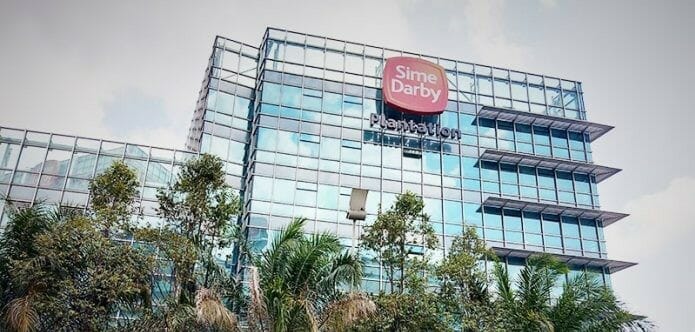Sime Darby Plantation Berhad (SD Plantation) is capitalising on its vast landbank in Malaysia to create a lucrative and sustainable revenue stream. SD Plantation’s plans will kick off with its participation in the proposed Kerian Integrated Green Industrial Park (KIGIP), in the state of Perak, Malaysia.
With this SD Plantation marks its foray Green Industrial Parks and Renewable Energy as the new business vertical kicks off with plan to co-develop Kerian Integrated Green Industrial Park. The proposed 1,000-acre industrial park development to include large scale solar farms for Green Energy
SD Plantation and its largest shareholder, Permodalan Nasional Berhad (PNB) intend to collaborate in this 1,000-acre development, strategically located in SD Plantation’s Tali Ayer Estate in Perak. A joint proposal was submitted to the Ministry of Investment, Trade & Industry (MITI) in February.
KIGIP, conceptualised to attract green electrical and electronics (E&E) investments into the country, was announced by the Government in the 2024 National Budget. The plan also involves the establishment of 660 acres of solar farms as the principal green energy source for the area, designed to attract semiconductors and E&E investments, two of the fastest growing sectors in the global economy.
KIGIP is an initiative driven by the Federal Government in close collaboration with the State of Perak.
“The decision to actively participate in the KIGIP development is an important milestone for us as we venture into the natural adjacency of plantation companies,” SD Plantation’s Group Managing Director, Datuk Mohamad Helmy Othman Basha said.
“We will establish strategic partnerships to develop our land where it makes the most sense to do so, and thus, establish a new and sustainable revenue stream.”
He added that the company is well positioned to expand into this area due to its landbank and strong balance sheet.
KIGIP will have easy access to the North-South Expressway providing essential connectivity with major logistics hubs such as air and sea ports, making it attractive for potential tenants and investors.
The main industrial zone will measure approximately 1,000 acres in what is currently SD Plantation’s Tali Ayer Estate in Kerian, Perak. Conceptually, about 67% of the main zone will comprise industrial areas, whilst the balance of the development will house other infrastructure such as commercial and residential facilities, as well as utilities, amenities, and large green spaces. Future phases of the development will progress upon completion of its first phase. Plans are subject to feasibility studies, due diligence, legal requirements, and other internal approval processes.
“By collaborating in such projects, instead of just signing off our land, we aim to secure more sustainable revenue streams for our shareholders,” Mohamad Helmy said.
The solar farms for KIGIP will be owned and operated by SD Plantation, as renewable energy has been identified as a key strategic pillar and revenue source for the Group.
It is also a key component of SD Plantation’s net-zero strategy, specifically, a 42% reduction target in Scope 1 and Scope 2 Energy and Industrial carbon emissions by 2030. Renewable energy is expected to contribute significantly to the Group within the next five years. Moving forward, the company will identify less productive agricultural lands to convert them into solar farms.
The Group holds strategic landbanks in various states throughout Malaysia, and active discussions are currently ongoing with several state agencies to develop these lands into industrial parks. The intention is to replicate KIGIP’s green energy model where feasible. Separately, the Group is also exploring opportunities with partners to develop data centres, which typically consume large amounts of energy.
SD Plantation had started leasing its land to third party solar farms under the Government’s Large Scale Solar (LSS) schemes 1 and 4. For LSS4, about 40% of the quota for solar farms awarded by the Energy Commission of Malaysia was on SD Plantation’s land.
Additionally, under the Corporate Green Power Programme, 38% of the quota was produced on the company’s land, some for its own use.









